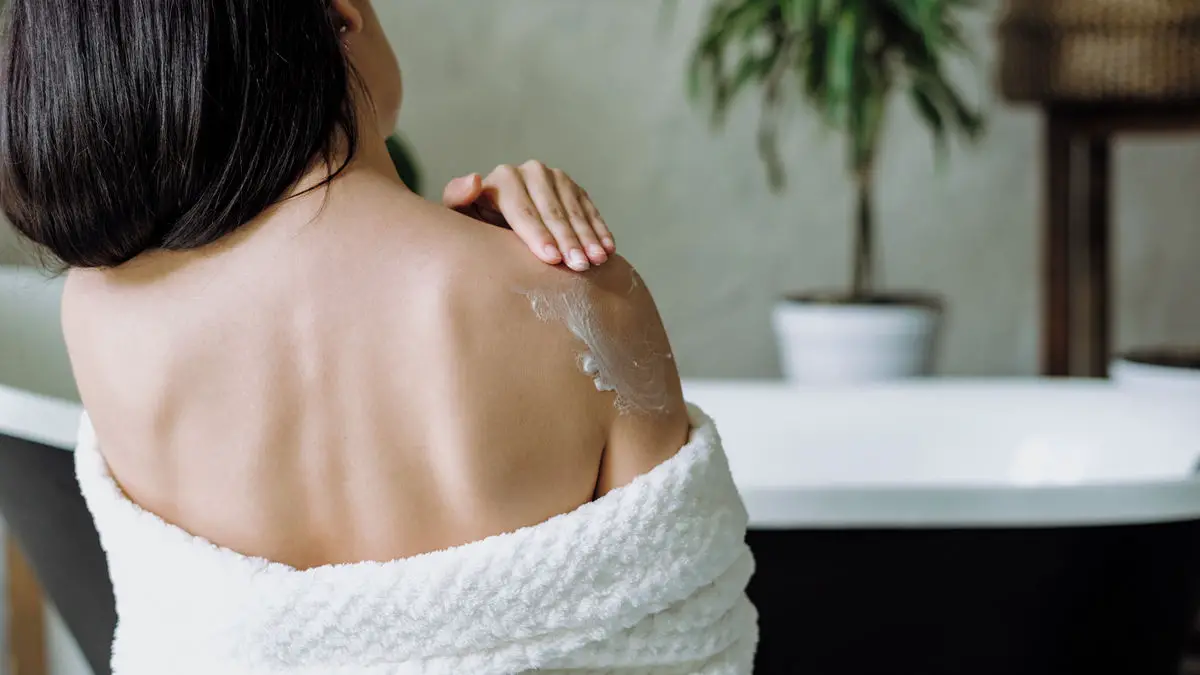Body Acne in Creases and Folds: Causes, Tips, and Treatments
As a beautician, your clients rely on you for expert advice on skincare issues, including the often embarrassing body acne in creases and folds. This type of acne can occur in areas where the skin folds, such as underarms, under the breasts, and between thighs. It's a common issue, yet it often goes unspoken.
Understanding the underlying causes and most effective treatments is crucial in guiding your clients toward healthier skin. Let's explore why acne forms in these delicate areas and what you can do to help your clientele manage and prevent it.

What Causes Body Acne in Creases and Folds?
The key factors contributing to body acne in creases and folds are friction, moisture, and poor air circulation. Skin folds naturally trap sweat and oils, which can clog pores and lead to acne. Clothing that doesn't breathe well or is too tight can exacerbate the issue. Additionally, hormonal fluctuations can play a role, particularly in post-adolescent clients.
Another overlooked aspect is the use of body washes or laundry detergents with harsh chemicals that can irritate the skin. Beauticians should recommend gentle, fragrance-free products that support the skin's natural barrier, as discussed in this article from best body wash for keratosis pilaris.
How to Treat and Prevent Body Acne in Sensitive Areas
Firstly, maintaining proper hygiene and ensuring these areas are thoroughly cleaned and dried is crucial. Advise your clients to use anti-acne body washes specifically designed to minimize irritation and prevent breakouts. Consistent exfoliation is also beneficial in removing dead skin cells that may contribute to clogged pores.
Pro tip: Recommend natural fabrics for clothing, which allow the skin to breathe and reduce moisture buildup. Ensure your clients are aware of how moisturizing and gentle skincarelike those from everyday body acne prevention ritualscan support their goals for clear skin.
The Importance of Caring For Your Skin Mindfully
For long-term results, emphasize the importance of a regular skincare routine. Watching innovative therapies and treatments can help alleviate flare-ups and improve skin health. You can explore advanced remedies in this detailed piece on showering with acne.
Using treatments with alfuhydroxy acids (AHAs) or beta hydroxy acids (BHAs) is beneficial. These exfoliate the top layer of the skin and decrease excess oils, helping avoid recurrence.
Consult with Dermatologists
Whenever a case seems severe, or a skincare routine isn't working, advising your clients to consult with dermatologists is wise. Collaboration between beauticians and dermatologists can offer clients optimal skincare regimens.
Conclusion and Final Thoughts
As a beautician, your knowledge of treating body acne intricacies like those in folds and uplifting client confidence is invaluable. By providing them with the right advice and products, you become a trusted guide on their skin wellness journey. For even more tips and strategies, explore this comprehensive guide.

Frequently Asked Questions
What fabrics should I recommend clients avoid to prevent body acne?
Clients should avoid synthetic fabrics that don't allow the skin to breathe, such as polyester or acrylic, favoring cotton or linen for better air circulation.
How can exfoliating help with body acne in creases and folds?
Exfoliating helps remove the dead skin cells and unclog pores, which reduces the occurrence of acne in these sensitive areas.
Is it necessary to change my clients' laundry detergents?
It can be beneficial if you suspect that harsh chemicals in detergents are contributing to skin irritation.
This article contains affiliate links. We may earn a commission at no extra cost to you.

